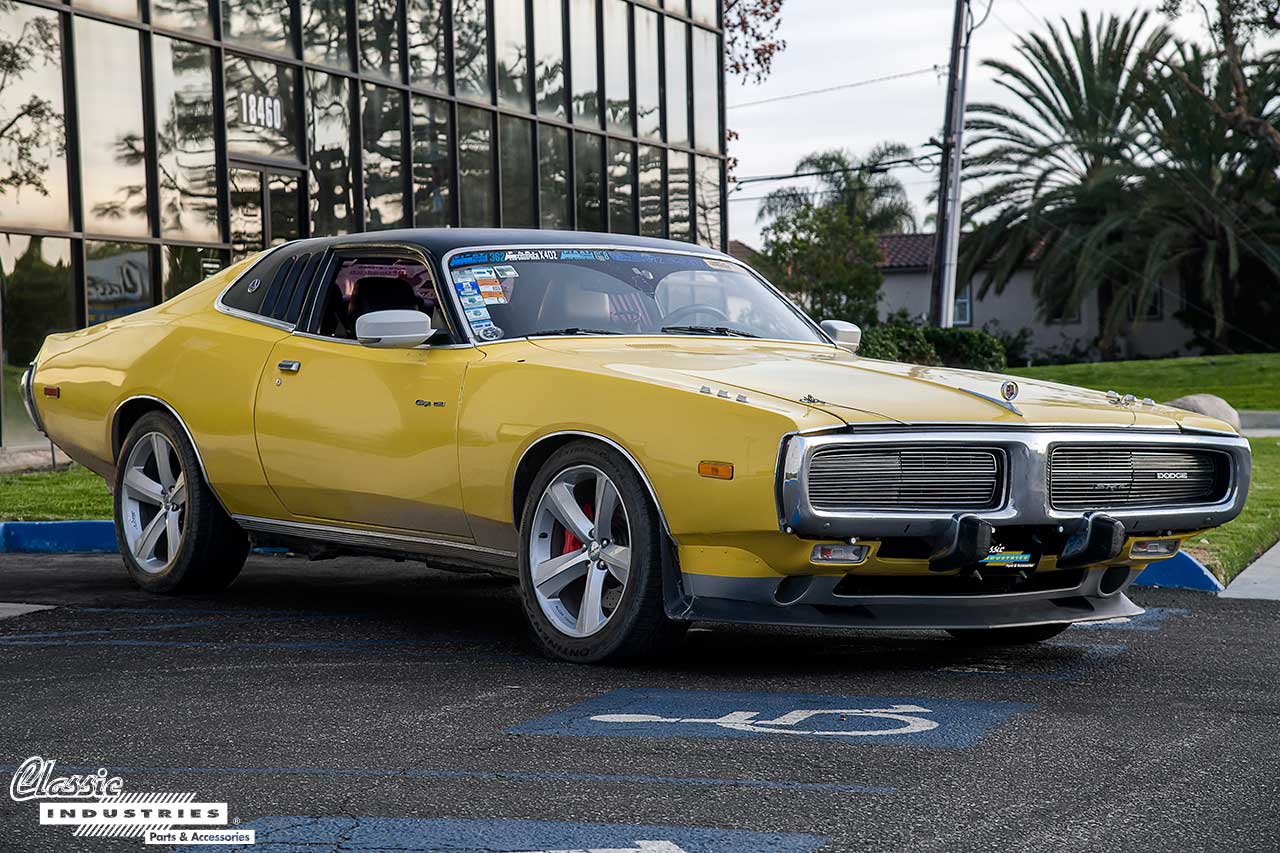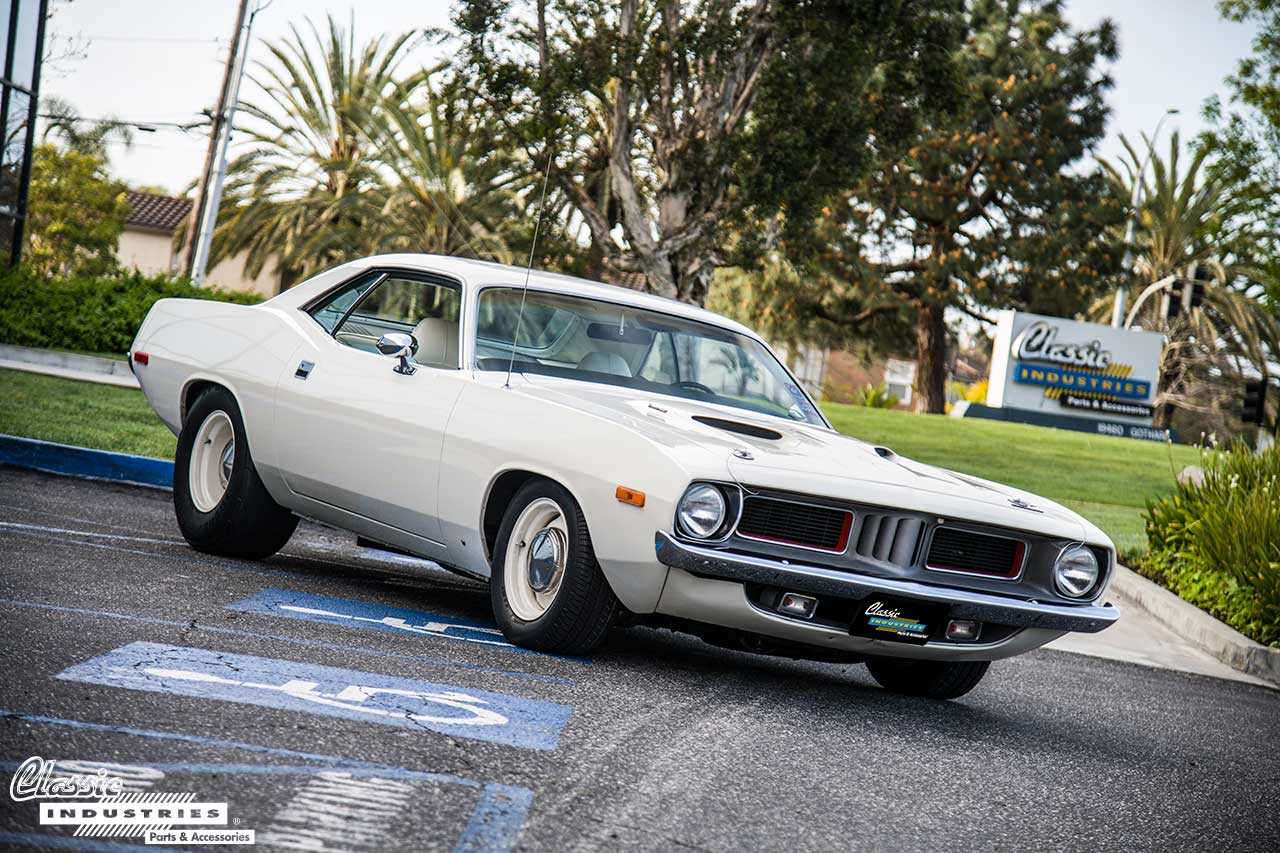Vintage American cars are really big in Sweden. We learned just how popular our muscle machines and cruising land yachts from the 1950s, 1960s and 1970s are when forty or so avid American car enthusiasts from Sweden visited Classic Industries last Monday. Every year Bilsport Classic Magazine, a Swedish publication, hosts a week-long trip to California to visit various prominent car shows, swap meets, famous professional build shops, and vintage car companies in the Golden State.













